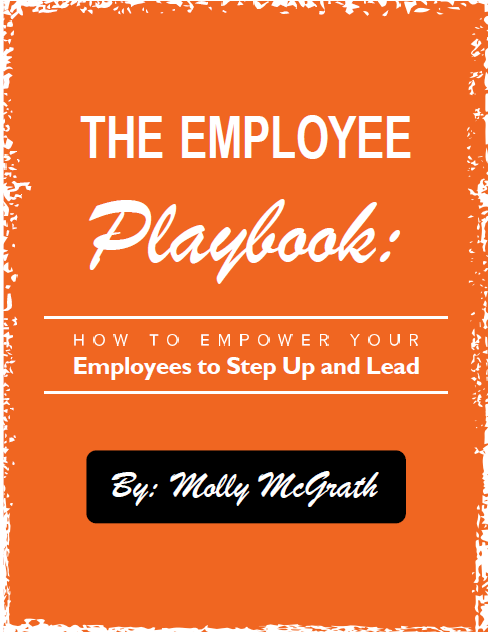
“Let me think about it” is the dating equivalent of “It was great to meet you! (Full stop).” Both mean you likely won’t be hearing from the person again. In dating, this means back to #swipelife; in business, where pushing the point isn’t utterly uncool, you might yet save the sale—but only if you know which questions to ask.
“Inaction breeds doubt and fear. Action breeds confidence and courage.” —Dale Carnegie
Carnegie’s famous quote points to a central truth: thinking on it never makes a person more sure of anything. Action is the only path forward. Upon this basis, your goal when met with uncertainty from a client should to be to elicit a decisive response. Maybe this means losing the sale…but chances are it was already lost. In trying out one of the below approaches, then, the worst that can happen is you’ll learn where you went wrong in the first place.
1. Get Real
It takes guts, but if you can come back with, “Often, when I hear ‘let me think about it,’ folks really mean, ‘thanks, but no, thanks.’ Can I ask if that’s what happening here?”
While it can feel like punching a leak in your lifeboat, taking such a direct approach often digs out the information you need to rescue the transaction. And if not, it’s because you were already dead in the water. At least in knowing, you won’t waste any more of yours or the client’s time.
2. Identify (and Overcome) Objections
Only slightly less gutsy than option one is the, “I totally get that. Most clients take time to reflect. It is [objection A], [objection B], or [objection C] that worries you?” response.
The magic here is that clients come away feeling seen. By drawing on experience and anticipating common objections, you provide the sort of acknowledgment that breeds trust. This, alone, can turn things around. And, again, if the deal still flops you nonetheless gain valuable information.
3. Line Up A Next Step
If gutsy isn’t your style, you can still drive a deal toward closure by asking how a client would like to proceed. A simple, “Cool. Yeah, I’d probably be feeling the same. Should we plan to follow-up by next week or would you like to simply close the file?” works wonders.
Here, you pick up points for sympathizing with the client while at once opening the opportunity to craft a mutual agreement. Arranging a follow-up for the near-future is a first step to decisive action and, of course, if things go sideways, you can still tack to a gutsier approach.
The Bottom Line
Each approach described above drives the client to action, even it’s an action as simple as articulating their hesitation. This, alone, is powerful. After all, isn’t the first step to facing a fear naming the part that’s scary? If you can help a client take this step, they may well gain the courage to take the next. And if not, they probably weren’t going to get there anyway.
The bottom line, however, is that if you’re hearing “let me think about it” often enough to need a counter-strategy, the issue might be deeper than client indecision. If that hits a chord, consider our 66-Day Law Firm Turnaround, a personalized program designed to target weaknesses and help your firm move toward industry leadership.

